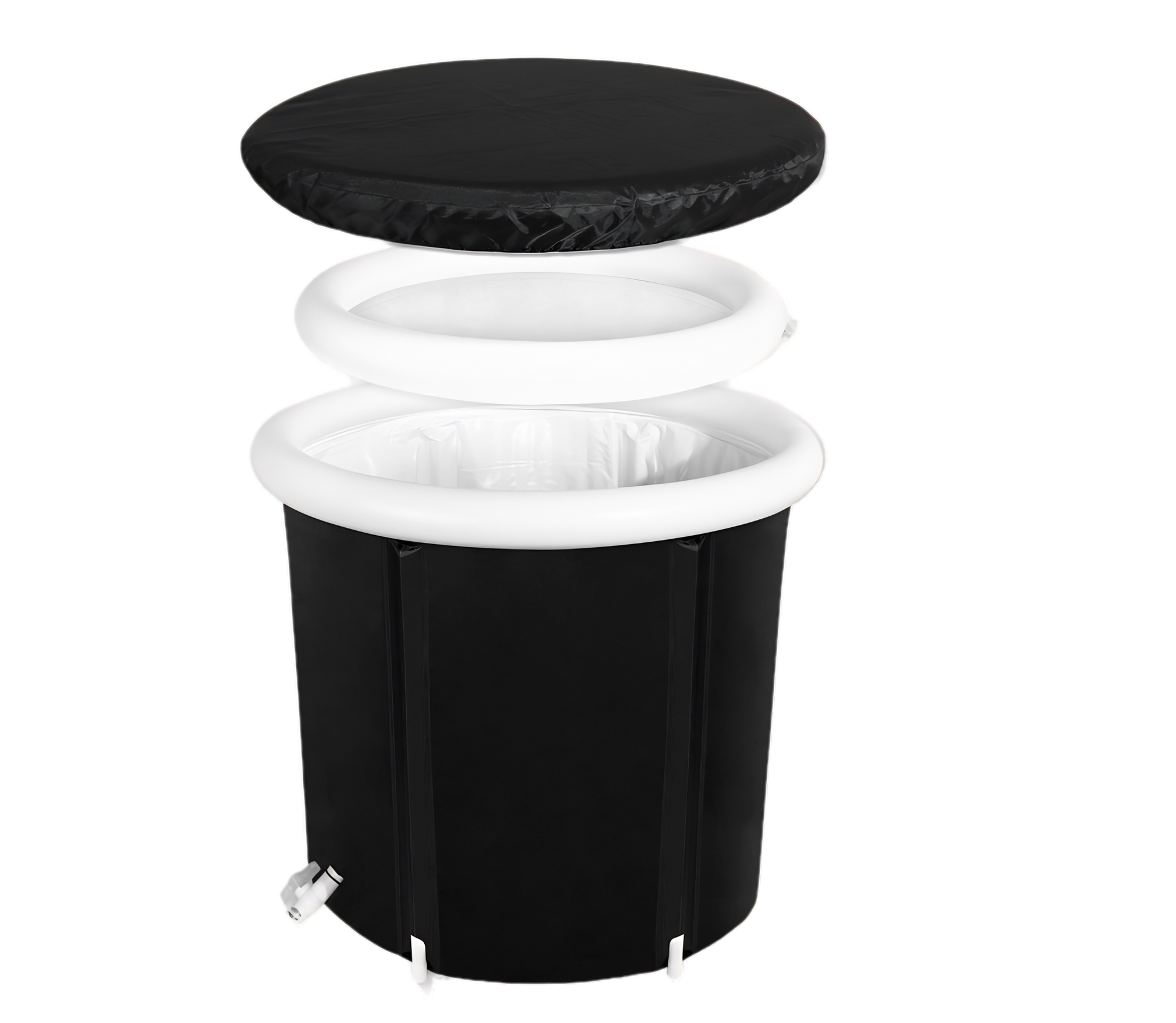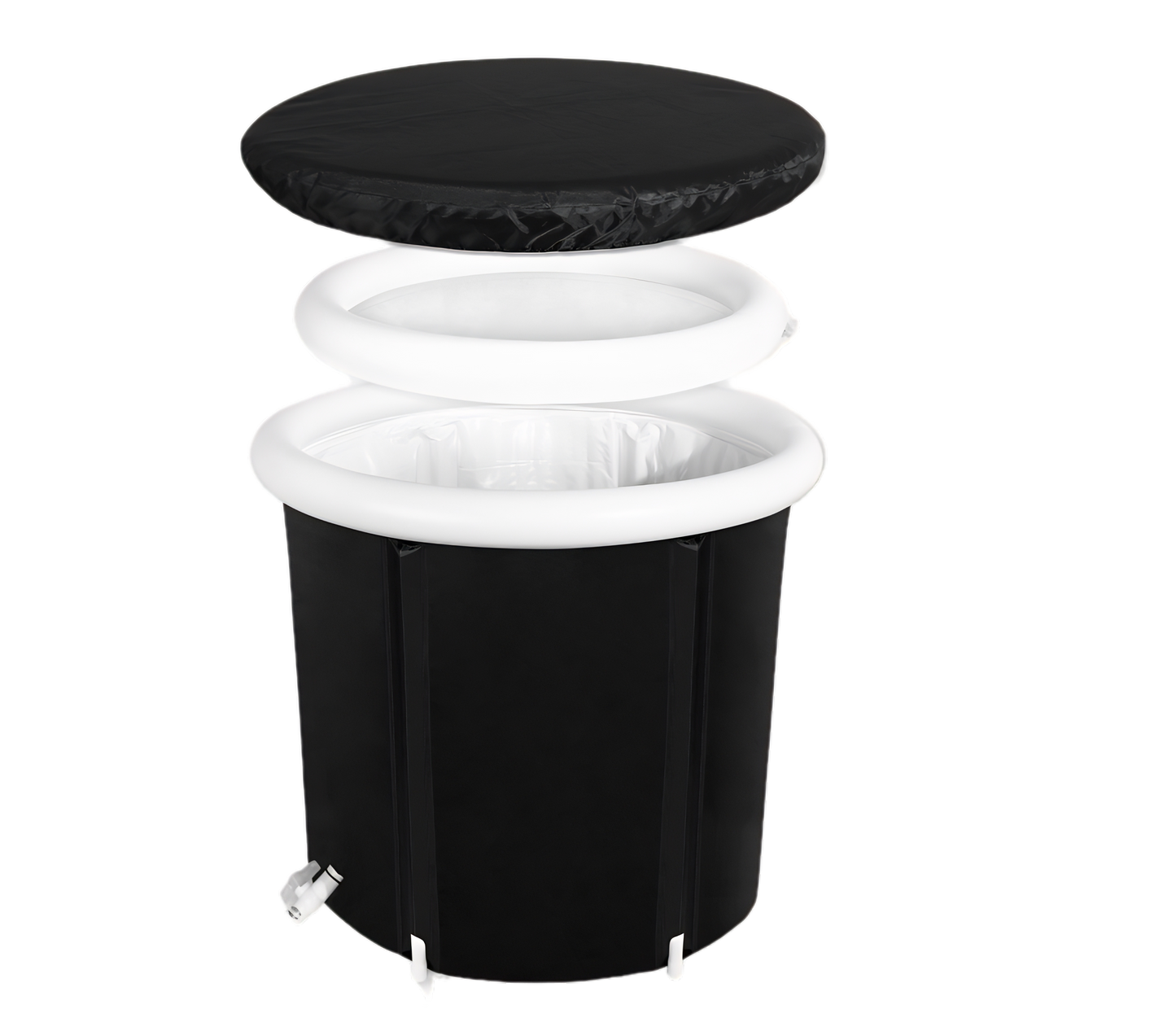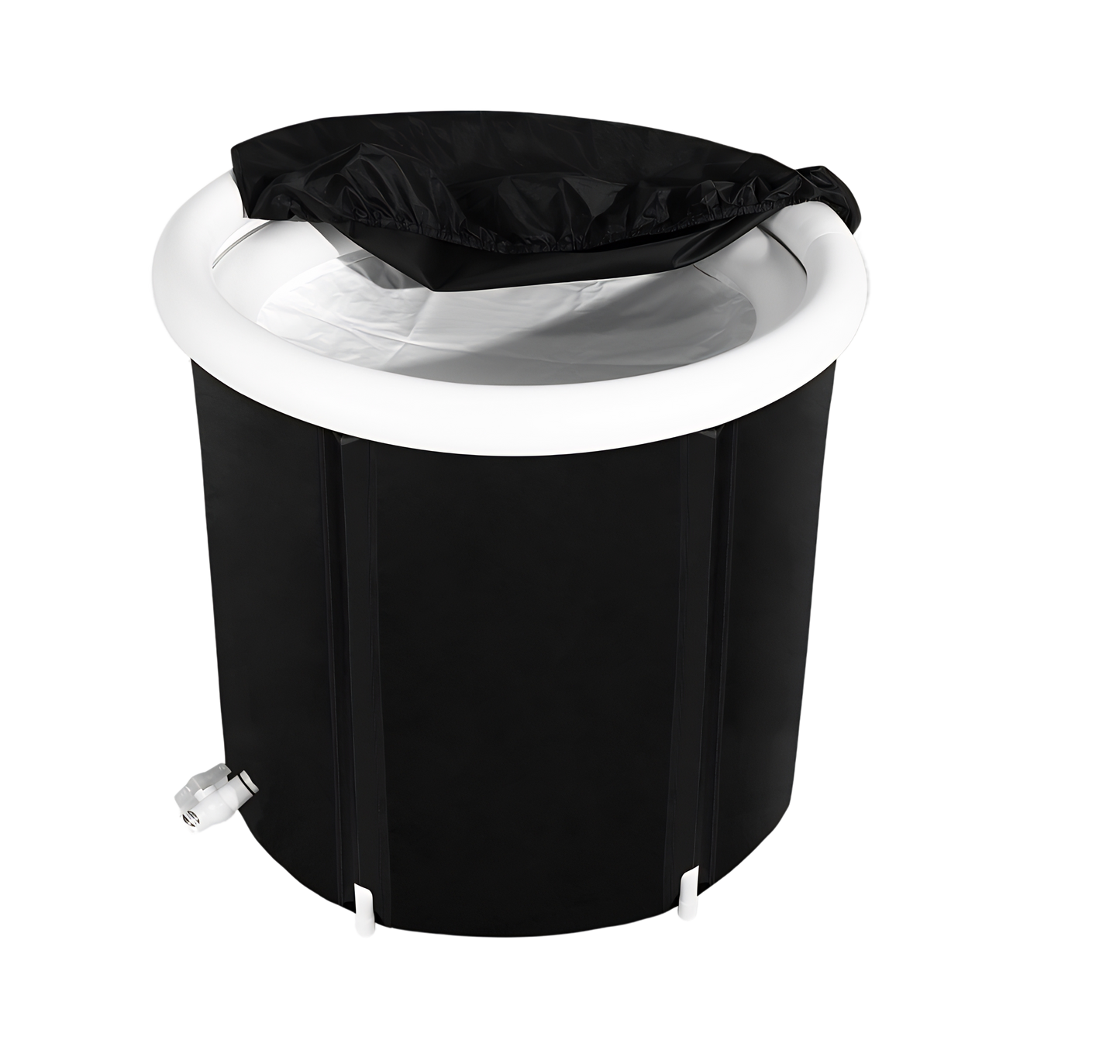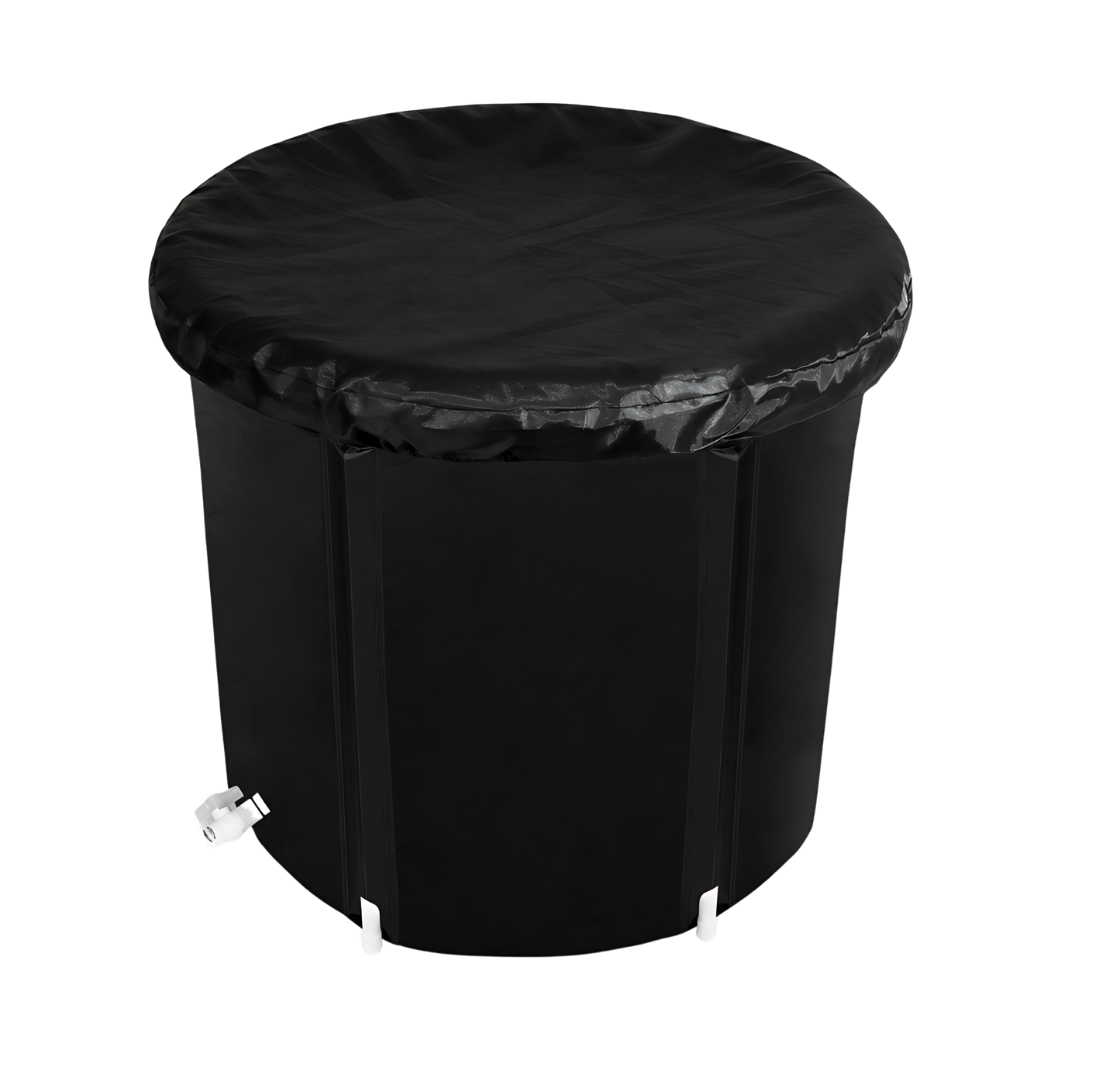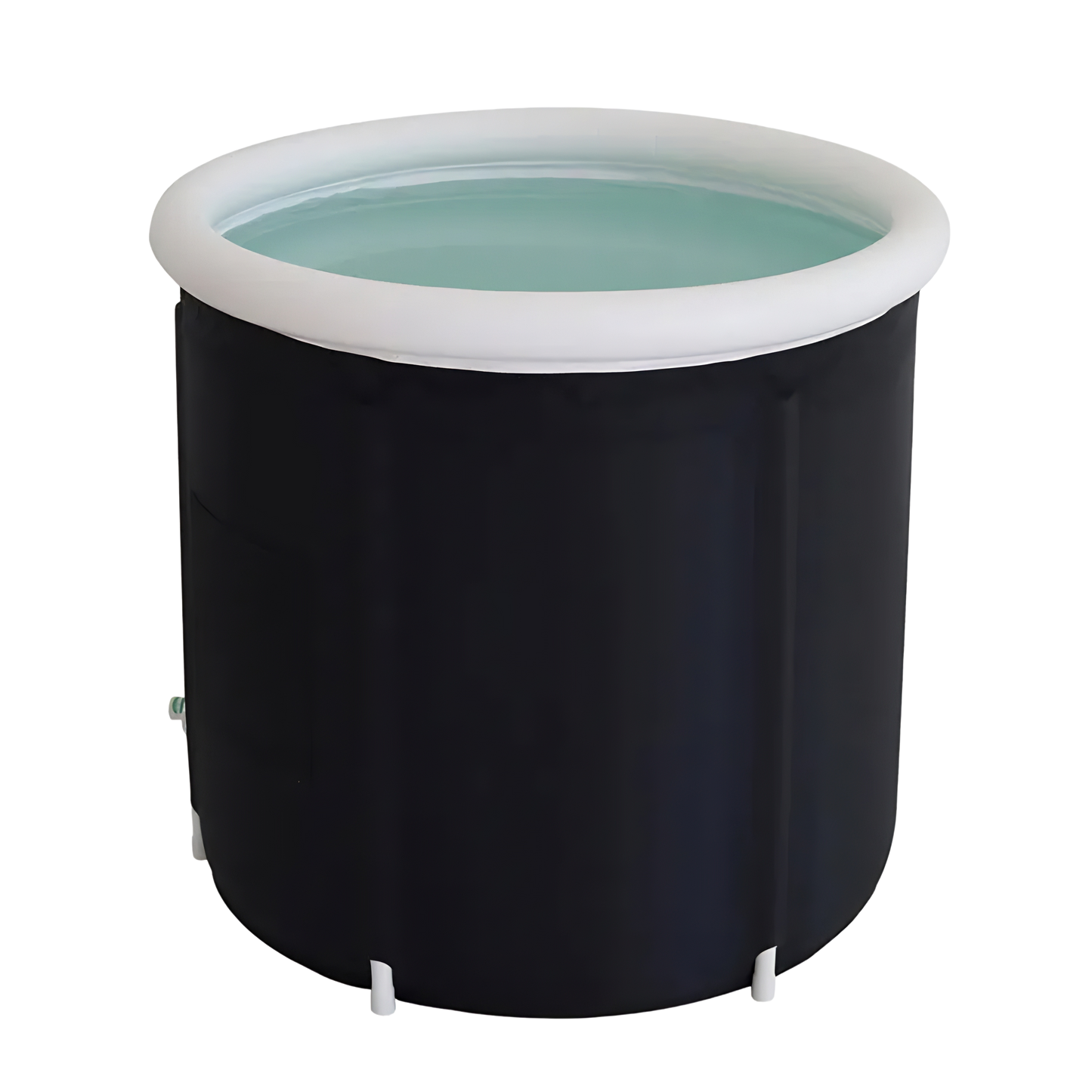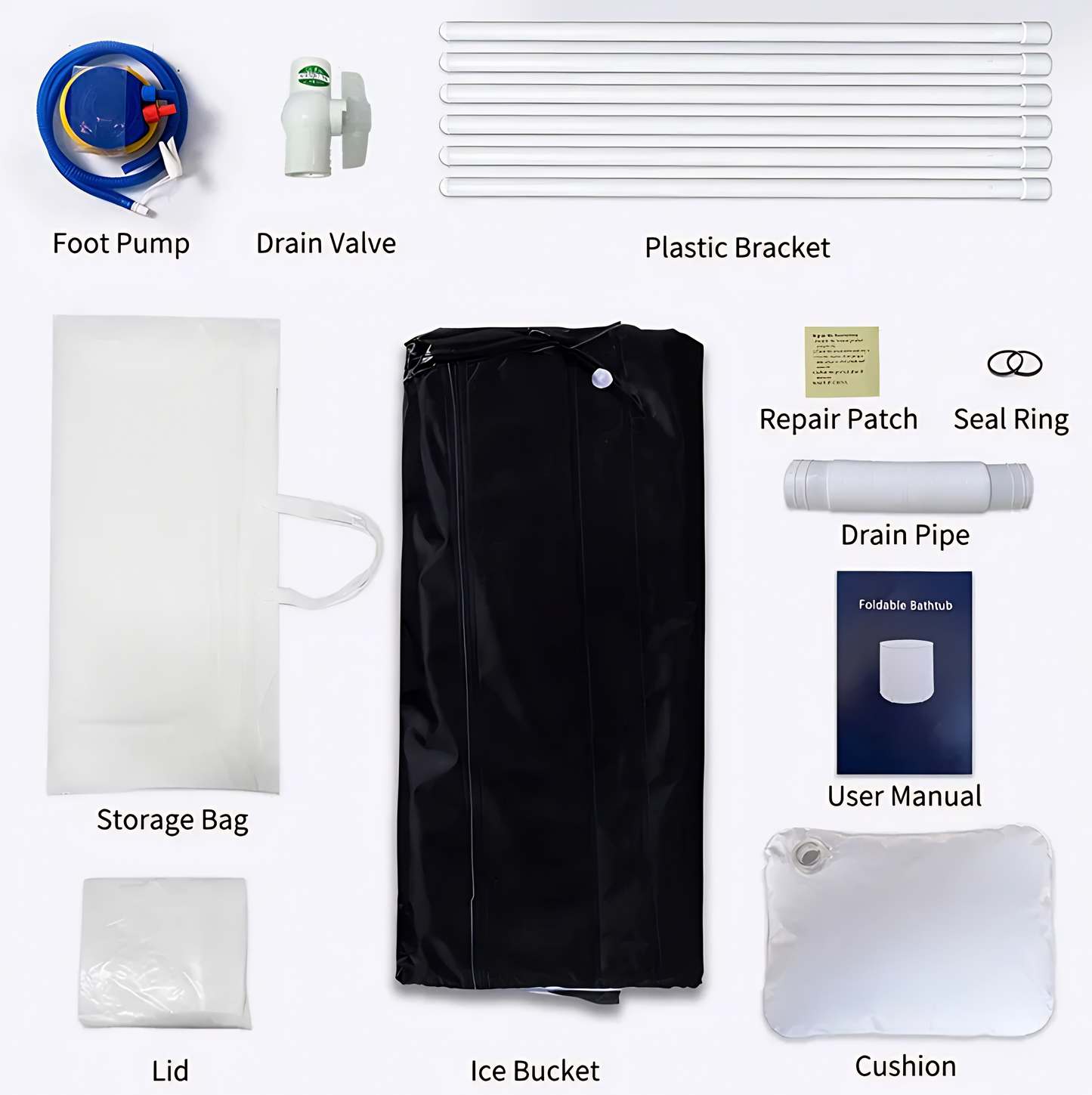In recent years, the wellness world has been abuzz with the transformative power of ice baths. While many associate these chilly plunges with physical recovery, there's a growing body of evidence and personal testimonies suggesting that the benefits extend far beyond the muscular level. From the snowy backyards of Vermont, as demonstrated by self-help author Mel Robbins, to the icy waters of Britain where groups gather for cold-water swims (Mental Health Swims), the icy embrace of cold water immersion is being hailed not just for its physical rejuvenation but for its profound impact on mental health.
@melrobbins This is me taking advantage of the #winter weather in #Vermont to sit in an #icebath 🥶 #melrobbins #wimhof #coldexposuretherapy #wimhofmethod #fypシ ♬ original sound - Mel Robbins
Hippocrates, the ancient Greek physician, once touted the therapeutic potential of water (Knechtle et al., 2020). Fast forward to today, and we see a resurgence of this age-old practice, but with a frosty twist. Advocates claim that regular ice baths can alleviate symptoms of depression and anxiety, boost mood, and even enhance cognitive performance. But how does submerging oneself in near-freezing water lead to such mental clarity and calmness? Dive in as we explore the science, the stories, and the sensational benefits of ice baths on mental well-being. Whether you're a skeptic or a curious enthusiast, this journey promises to be as invigorating as the baths themselves.

Figure: Man in Frozen Lake; credit Mariusz Szczygiel / Shutterstock.
Combatting Depression and Anxiety
One of the most profound impacts of ice baths is their potential to alleviate symptoms of depression and anxiety. A study by (Shevchuk (2008) in the journal Medical hypotheses found that regular cold showers can lead to a significant reduction in the symptoms of depression. Furthermore, Dr. Rhonda Patrick, a biomedical scientist, has discussed the potential benefits of cold exposure, including its effects on mood-enhancing neurotransmitters.
Elevating Mood and Diminishing Stress
Beyond the realm of clinical depression and anxiety, ice baths can be a boon for anyone looking to uplift their mood or combat daily stress. According to Shevchuk (2008), cold water immersion can lead to a release of endorphins, the body's natural painkillers and mood elevators.
Boosting Brain Function
The benefits of ice baths aren't just limited to mood. Cold exposure has been linked to increased alertness and clarity. The cold stimulates increased blood flow to the brain, providing it with a fresh supply of oxygen and nutrients, as highlighted by Dr. Andrew Huberman, a neuroscientist at Stanford University.
Fortifying Stress Resilience
There is nothing more challenging than jumping into a freezing cold body of water. Cold water literally signals to your body death, because if you spend too long in cold water, that is exactly what happens. Through repeated exposure to a highly stressful stimulus to the body, one begins to develop resilience and toughness. Very much like how through repeated fasting, a person's body develops a high level of stress resilience (Hodges, 2022). So too through every time you jump in that ice bath, your body gets a little bit more tough every time.
Hormonal Regulation Through Cold Exposure
The endocrine system, which plays a pivotal role in producing hormones, reacts to immersion in cold water. Cold exposure can lead to changes in the levels of norepinephrine, a neurotransmitter and hormone. Elevated levels of norepinephrine can boost alertness, attention, and mood, potentially offering mood-enhancing benefits.
Soothing the Vagus Nerve
Lastly, the vagus nerve, one of the longest nerves running from the brain to the abdomen, plays a pivotal role in our relaxation response. Cold water immersion has been shown to stimulate the vagus nerve, promoting feelings of calmness and relaxation, as discussed by Dr. Stephen Porges, the developer of the Polyvagal Theory.
Incorporating ice baths into one's routine might seem daunting, but the myriad of mental health benefits they offer makes them worth considering. As with any therapy, it's essential to approach it mindfully and consult with health professionals if you're considering it as a treatment for specific conditions.

Figure: Vagus Nerve Anatomy; credit: https://www.lybrate.com/topic/vagus-nerve-image.
Diving Deeper: Common Queries about Ice Baths
As we've explored the profound effects of ice baths on mental health, it's natural to have some lingering questions about the practice itself. Let's address some of the most common inquiries:
What's the Ideal Temperature for a Cold Plunge?
The optimal temperature for a cold plunge can vary based on individual tolerance and the desired outcome. However, most experts recommend a range between 50°F to 59°F (10°C to 15°C) for therapeutic benefits. However, if you are one of those Type-A personalities, that just loves to push everything to the nth degree, then you can take your ice baths as low as 0.5°C (that's the lowest temperature we have ever had an ice bath in). These lower temperatures, although exhilarating, offer more mental than physical benefits, largely owing to one's inability to safely tolerate these more frigid temperatures for longer periods of time. For a more detailed breakdown on temperatures and their effects, check out our in-depth article on Cold Plunge Temperatures.
How Long Should I Stay Immersed in a Cold Plunge?
The duration of a cold plunge is crucial. While short durations can invigorate and refresh, longer immersions can offer deeper therapeutic effects. A typical session lasts between 5 to 20 minutes, but it's essential to listen to your body. Always opt for the temperature that challenges you slightly, but not so much so that it demotivates you to keep up with regular practice. For a comprehensive guide on durations and their benefits, explore our article on Cold Plunge Duration.
How Frequently Should I Take an Ice Bath?
The frequency of ice baths depends on individual goals and tolerance. While some enthusiasts swear by daily plunges, others find benefits in weekly sessions. It's essential to strike a balance that suits your body and mental health needs. Stick to a frequency that will work best with you to stick at for the long-term! For insights on optimizing frequency, delve into our piece on Determining Ice Bath Frequency.
Are There Potential Risks with Ice Baths?
Like any therapeutic practice, ice baths come with their set of precautions. While they offer numerous benefits, it's essential to be aware of potential risks, especially for those with specific health conditions. For a comprehensive overview of the precautions and potential risks, refer to our article on Understanding Risks Associated with Ice Baths.
Incorporating ice baths into your routine can be a transformative experience, especially when considering their impact on mental well-being. As always, it's essential to approach the practice with knowledge and mindfulness. If you're curious about other aspects of ice baths or their broader implications on health, feel free to explore our extensive library of articles.
References:
- Shevchuk N. A. (2008). Adapted cold shower as a potential treatment for depression. Medical hypotheses, 70(5), 995–1001. https://doi.org/10.1016/j.mehy.2007.04.052.
- Wu, J., Sun, B., Hu, Z., Li, L., & Zhu, H. (2021). Physiological responses and thermal sensation during extremely cold exposure (-20 °C). Building and Environment, 206, 108338. https://doi.org/10.1016/j.buildenv.2021.108338.
- Porges, S. W. (2007). The polyvagal perspective. Biological psychology, 74(2), 116-143.
- Integrative and Complementary Therapies.129-133.http://doi.org/10.1089/ict.2022.29023.rho
- Header image: Michelle Ursi / Shutterstock

